The mystery of the Pila Verde Baptismal Font of Gran Canaria
La Pila Verde baptismal font at the Church of Santiago in Gáldar, in Gran Canaria, contains five centuries of stories.
Five centuries of history are squeezed into the Pila Verde baptismal font at the Temple of Santiago de los Caballeros de Gáldar. This piece of pottery was heated in one of the pottery ovens that proliferated all through the 15th century in the Triana neighbourhood in Seville. But it wasn’t done by any old craftsman. Its large size would have us believe it was the work of a true master, one of only a few who could put together objects of such great proportions without running the risk of cracking and therefore fracturing the piece.
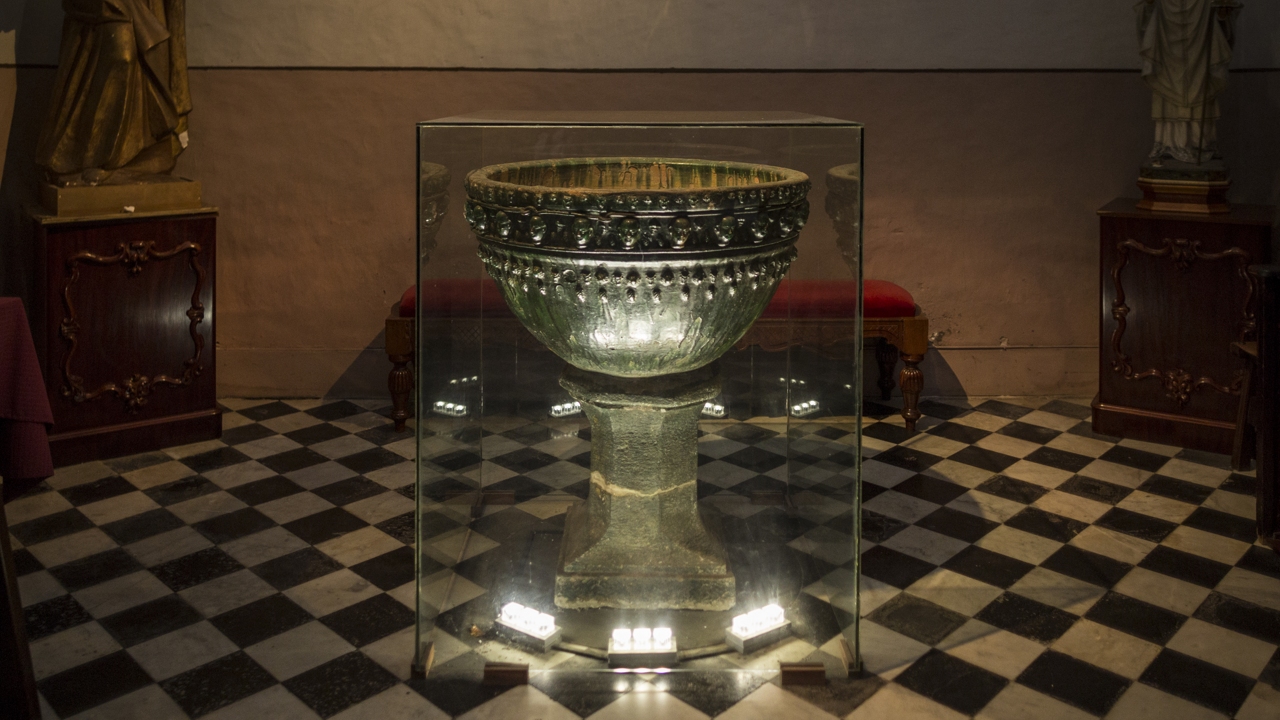
The artist and his helpers created a superb Pila Verde Font, decorated with children’s faces, lions’ heads, pineapples and snails. The piece was later put on board a boat and sent by sea all the way from Andalusia to Gran Canaria, in order to christen aborigenes on the island, especially the upper classes.
There even exists a record of the first two individuals to receive the baptism waters, in 1506. Just imagining the moment is amazing. They were called Bateo Bastián and Catalina. Just looking at the font conjures up images of water trickling down their faces and splashing down onto it and on the floor.
The expertise of the anonymous but undoubtedly highly gifted craftsman gave the Pila Verde a glassy appearance over its clay heart. It has a Mudejar-influenced effect that is present in several Spanish kingdoms, a long time even after the departure of Arabs from Spain and especially from the Al-Andalus region.
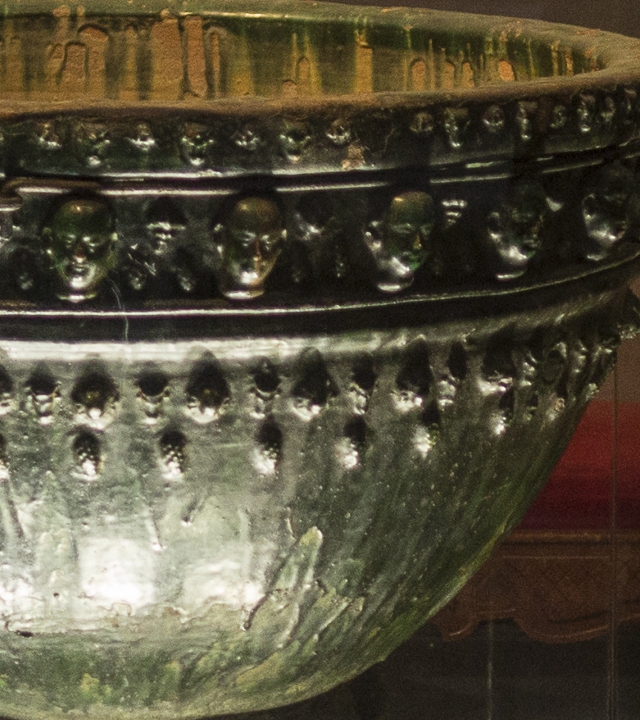
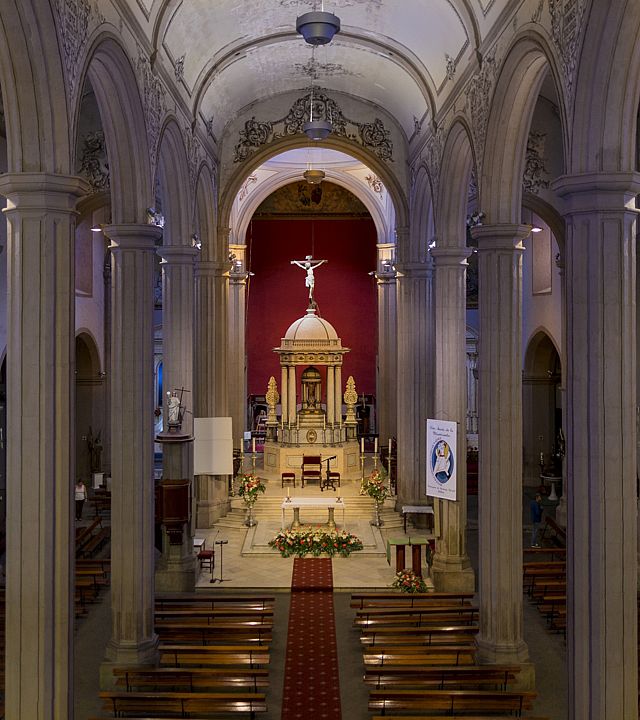
Curiously, and as an expression of the blend of cultures and trends that have always been a trait of Gran Canaria, this masterful piece of work by our unknown Seville artist currently stands behind the main altar at the Church of Santiago de los Caballeros, and is considered the first ever example of neoclassical architecture in the Canaries.

The two towers measuring thirty five metres in height that straddle the main façade of the temple signal the site where one of finest architectural works in Gáldar rises up grandly, making the town a top historical location. Under the ground of the modern city of Gáldar beats the throbbing heart of stone where an ancient aboriginal society flourished, a heartbeat that can be experienced nearby at the Painted Cave of Gáldar Museum and Archaeological Park.
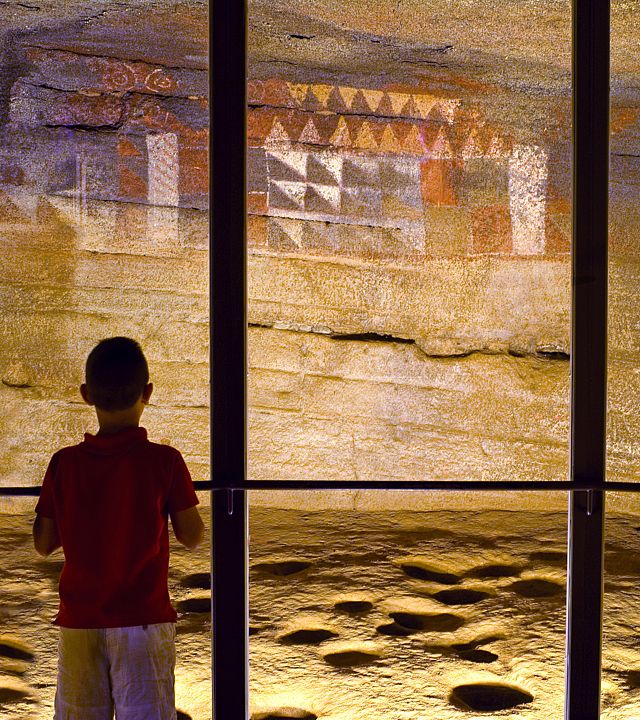
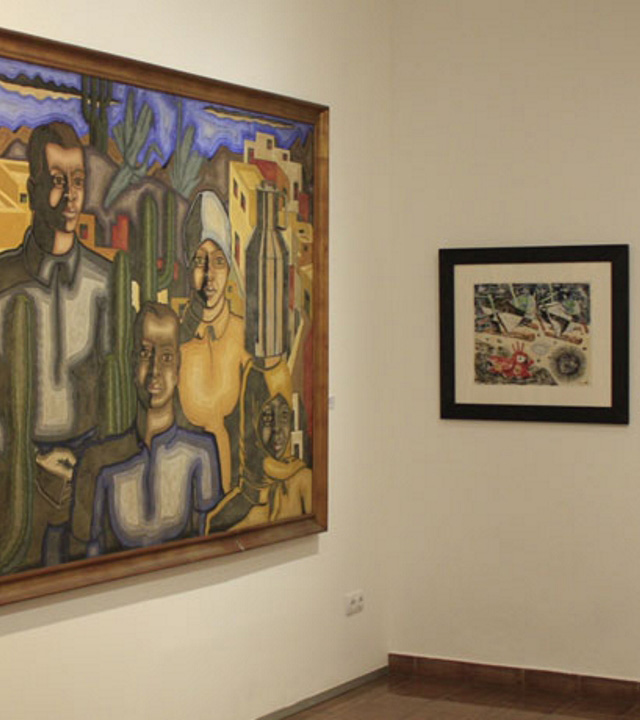
Gáldar also is a site with a great artistic heritage, in the form of the Antonio Padrón House Museum. Indigenist Art Centre, another place curious travellers are recommended to visit. Away from the temples, museums and archaeological vestiges, Gáldar welcomes visitors with open arms and an invitation to comment on what they have seen at its numerous bustling pavement cafés. Gáldar’s vibrant history is enhanced day by day with the same passion that the unknown Andalusian artist put into his work.

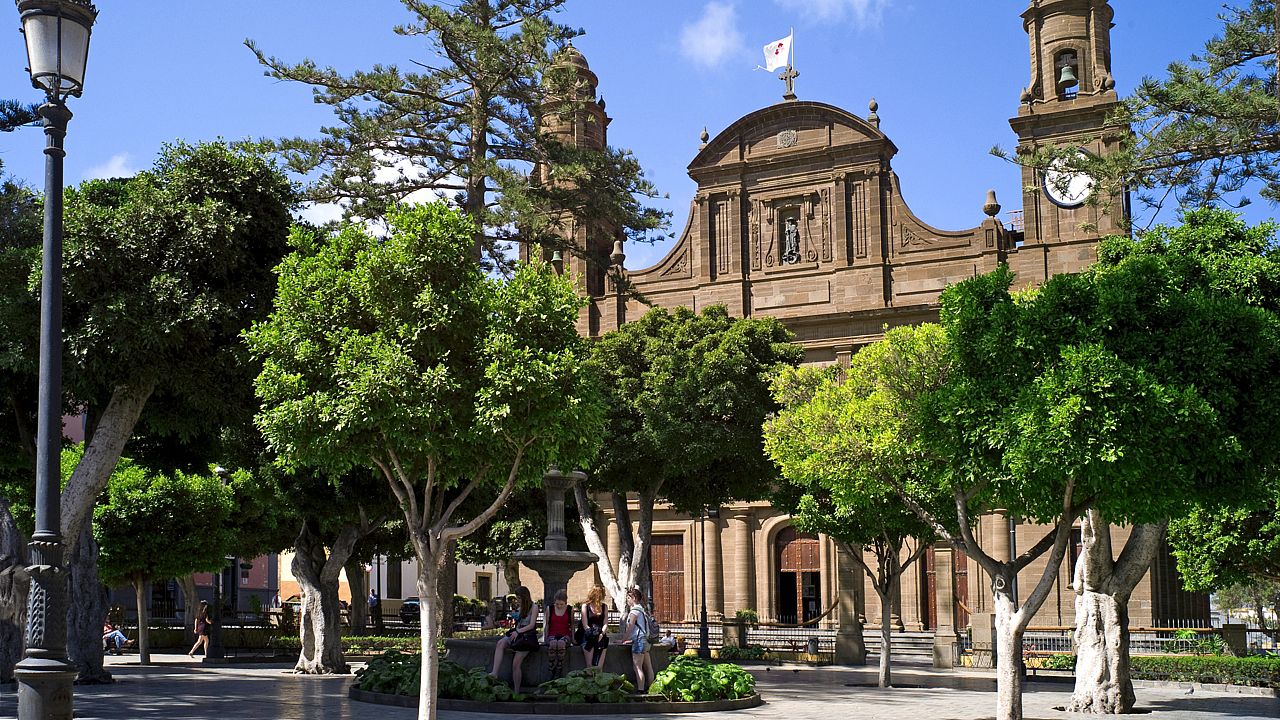
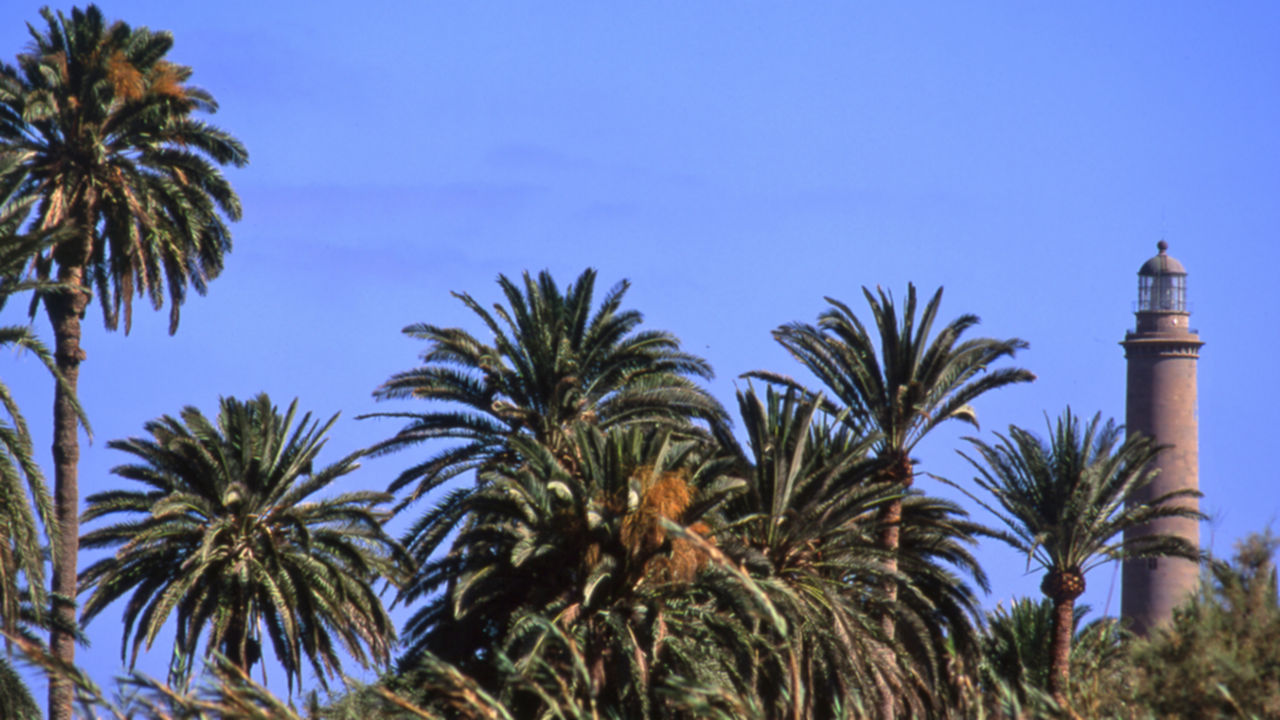
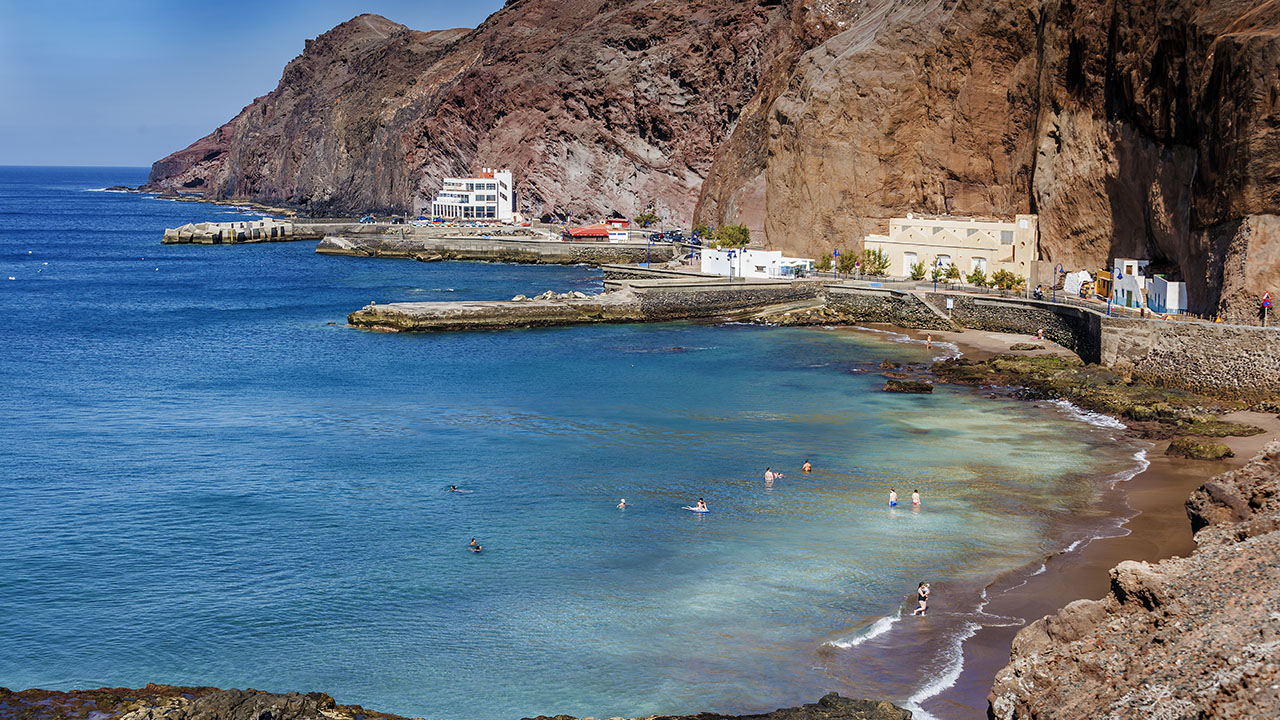
Comments are disabled for this post.